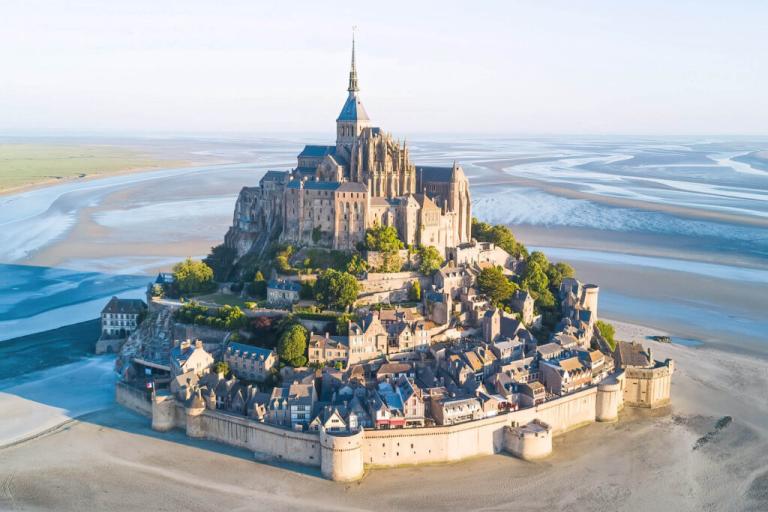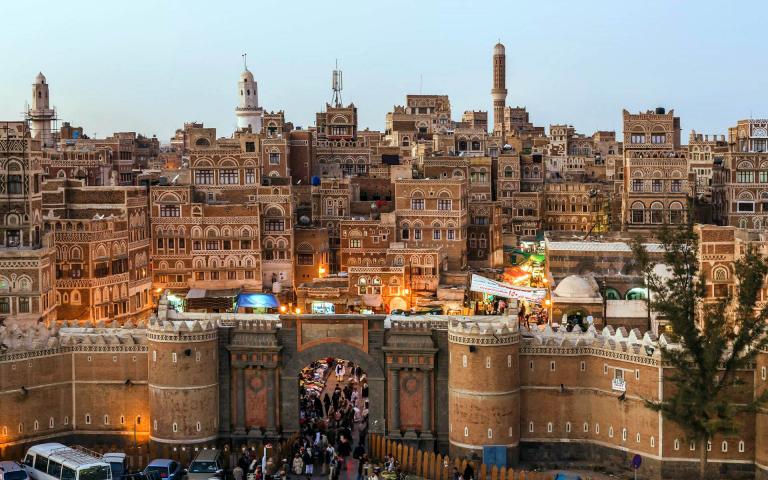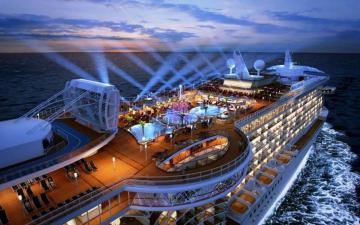Home France is recognized for its significant cultural heritage, exceptional cuisine, and attractive landscapes, making it the most visited country in the world. From seeing…


Sanaa, the capital and largest city of Yemen, has a population of about 3,292,497 as of 2023, establishing it as a notable urban center within the country. Being 2,300 meters above sea level, Sanaa is among the highest capital cities in the world. Surrounded by the Sarawat Mountains, which comprise Jabal An-Nabi Shu’ayb and Jabal Tiyal, acknowledged as the highest points on the Arabian Peninsula.
Particularly in the Old City of Sanaa, identified as a UNESCO World Heritage Site, the architectural wonders of the city clearly reflect its rich history and cultural value. Unique multi-story buildings with intricate geometric patterns reflecting the architectural style evolved over millennia define this ancient quarter. Not only for Yemen but also for the larger framework of world cultural legacy, the preservation of these historical buildings is quite vital.
The constitution of Yemen names Sanaa as the capital, so underscoring its importance in political and administrative terms. Recent political upheavals have changed the site of the government seat. After the Houthi takeover, the Yemeni government moved its activities to Aden, former capital of South Yemen. The choice taken by then-president Abdrabbuh Mansur Hadi in March 2015 to name Aden the temporary capital reflects the complex political dynamics in the nation.
With almost 10% of Yemen’s total population as of 2020, the Sanaa urban area greatly affects its demographics. The great density of residents emphasizes the city’s function as a major population center and its influence on the socioeconomic scene of the country. Sanaa’s urban scene is changing to try to preserve its historical legacy while meeting the needs of a growing modern city.
Recognised as the biggest mosque in Yemen, the Al Saleh Mosque is clearly visible on Sanaa’s skyline. Located on the southern edge of the city, this famous building reflects the religious and cultural importance of Islam inside Yemeni society. For the people of the city, the mosque provides a place for prayer as well as a model of architectural genius and spiritual value.
Though having a rich cultural legacy and political importance, Sanaa faces many difficulties, particularly with relation to her water supplies. The city’s long-term viability is threatened by a serious water crisis it is facing. Three times more water is extracted from the city’s aquifer than is naturally replenished, which begs serious questions about Sanaa’s future sustainability. According to analysts, the city might completely run out of water by about 2030, thus it could become the first national capital in the world to face such a serious water shortage.
Sanaa’s water problem is complicated and transcends mere shortage. For a great number of people living in the city, the availability of drinking water is severely limited; even among those who have access, there are regular questions about the quality of the water provided. The daily lives of Sanaa’s citizens are affected by this situation, which also poses significant health hazards. This emphasizes the great need of sustainable water management plans and infrastructure improvements.
The current conflict in Yemen aggravates Sanaa’s difficulties. The damage to UNESCO sites in the Old City resulting from explosives during the 2015 conflict shows the great violence the city has gone through. This scenario underlines the vulnerability of cultural legacy sites under times of war and the need of worldwide projects meant to protect these priceless resources.
Given these difficulties, Sanaa keeps showing cultural depth and resilience. Its historical path and developmental processes over thousands of years have been greatly impacted by its unique geographical location—that of a high elevation mountain. Particularly in the Old City, the city’s architecture shows a clear fusion of Islamic and pre-Islamic components to create a visual story highlighting Yemen’s rich cultural legacy.
Being a separate administrative district known as ʾAmānat al-ʿĐṣimah from the nearby Sanaa Governorate, Sanaa has a notable administrative framework. The title emphasizes the importance of the city and the particular difficulties it faces serving as the national capital.
Currency
Founded
Calling code
Population
Area
Official language
Elevation
Time zone
Yemen, located in West Asia, has a population of around 40.8 million people as of 2024, ranking it as the 37th most populous country in the world. Strategically covering almost…
Home France is recognized for its significant cultural heritage, exceptional cuisine, and attractive landscapes, making it the most visited country in the world. From seeing…

Millions of visitors come to Spain annually because of its vibrant culture, fascinating past, and amazing scenery. Still, the real spirit of Spain is found…

From Rio's samba spectacle to Venice's masked elegance, explore 10 unique festivals that showcase human creativity, cultural diversity, and the universal spirit of celebration. Uncover…

Boat travel—especially on a cruise—offers a distinctive and all-inclusive vacation. Still, there are benefits and drawbacks to take into account, much as with any kind…

Discover the vibrant nightlife scenes of Europe's most fascinating cities and travel to remember-able destinations! From the vibrant beauty of London to the thrilling energy…

© All Rights Reserved. By Travel S Helper